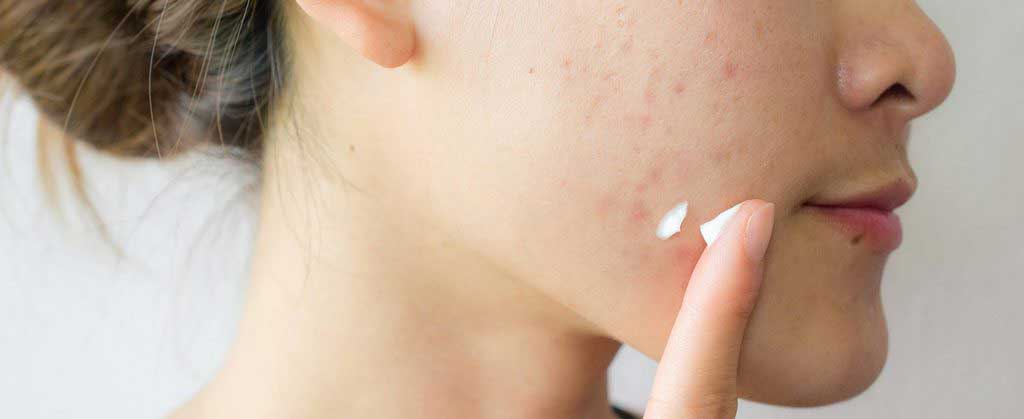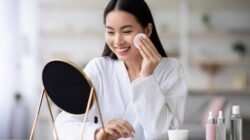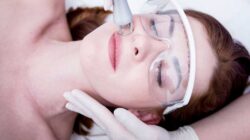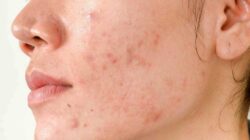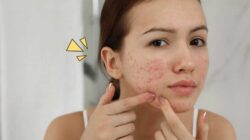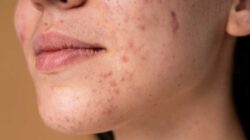Talking about skin and facial beauty, people will consider it clean and not inflamed. In other words, the face that has no acne or many other similar conditions. But what exactly are spots? It is one of the skin disorders that can occur or happen to everyone, without any regard for age or gender. What to do now? Here are things to learn beforehand.
Acne: What Is It About and What You Should Know?
It is not a surprise that zits happen to people. It is one of the most common skin conditions that happen because the hair follicles become blocked with dead skin cells and oil. Because of the blockage, your skin is barely able to breathe and cannot let out its dirt thus causing blackheads, whiteheads, or pimples.
This is a skin inflammation that is pretty common among teenagers, but it also affects people of all ages. One thing that makes it frustrating is the fact that the condition is treatable with effective medications, but the problems can be persistent. Sometimes, the pimples and bumps will heal slowly. However, others seem to come up as the older ones go away.
Generally, skin inflammation or condition also has its severity levels. Common skin problems can happen in the most visible places, such as faces to the hidden skin of the upper back. 80% of people ages 11 to 30 tend to have a mild form of a skin condition. But some people are struggling with the condition into their 20s, 30s, or beyond. Sometimes it also happens in the young adult phase.
A. Symptoms
As many people can get zits and pustules, what kind of symptoms will you see from its conditions? Generally, the symptoms will appear depending on the severity of the skin inflammation. The common ones are whiteheads and blackheads. Whiteheads are where the closed clogged pores appear. Meanwhile, blackheads are open clogged pores.
At the higher severity level, the skin inflammation appears red and has tender bumps. The condition is known as papules. The next symptoms are pimples, which have papules with pus at their tips. The more complex and severe one is nodules, the large, painful, and solid lumps under the skin. And the worst one is cystic lesions, the painful pus-filled lumps under the skin.
B. Risks Factors
Many say that acne happens with many factors to highlight. It is true, but sometimes it is just an individual condition. Some risk factors one can see are ages, where teenagers tend to have the situation. Adolescents also have rapid hormonal changes (which can also happen at all ages or during pregnancy) when puberty makes the zits problem appear more common.
Other than that, family history can play a role in skin problems. If the parents had the problem, the kids are likely to develop the same issues. Some other factors are external effects, such as friction or pressure, and contact with greasy or oily substances. Those said factors are something you should be aware of to avoid or prevent the skin situation.
C. Acne Causes
Does that mean the causes of skin inflammation are limited to the factors? Surprisingly, the causes are pretty much based on personal health conditions. The four main factors that cause blackheads, pimples, or skin inflammations are bacteria, inflammation, blocked hair pores, and sebum production.
However, some other situations might trigger or worsen skin inflammation. The biggest up is stress. The misconception is that people stress will develop pustules, rosacea, or skin inflammation. But that is not true. Stress will only make the skin condition worse.
Similar to medication consumption. Some drugs with lithium, testosterone, and corticosteroids can worsen or affect your hormone. With that, hormonal changes have a big role in developing skin problems. And the other situation is diet, where consuming certain food with high carbohydrates may worsen the problems.
But to consider the situation, it tends to happen where the most oil glands are located. The blocked hair follicles connected to glands may bulge and produce whiteheads. When the plug is open, the surface tends to darken and develop blackheads. It can get worse as it is exposed to the air, thus congested with oil and bacteria.
At worst, the pimples will have red spots with a white center. It later blocked pores, made them inflamed, and infected them with bacteria. Inflammation and blockage inside the pore can produce cyst-like lumps under the skin. Other open pores aren’t usually involved in developing zits. That is why the main causes are blocked pores or hair follicles.
D. Different Skin Types
One of the important information about skin conditions is learning about their types. Each type highlights or shows the severity of the inflammation, which also means or indicates a different treatment. You can diagnose the condition with the help of professionals, and doctors, or see the general characteristics.
The most common ones are blackheads and whiteheads. Both show the condition of the open or blocked pores, which develop bumps. Papules and pustules appear like small red or pink bumps that can become inflamed. Pustules are a bit severe since the pimples will contain pus. It has a similar appearance to whiteheads, but with red rings around it.
Fungal acne can occur when there is excess yeast production in the hair follicles. The situation can make the skin feel inflamed and itchy. Nodules are pimples deep in the skin, which is agonizing. The cyst can cause scars since it is a pus-filled pimple. As every type comes with different characteristics, all of them can affect self-esteem and affect complexion.
E. Where It Happens?
Many will say that the skin condition tends to appear on faces and foreheads, but there are also many other hidden areas. It can appear on the chest, upper back, or shoulder. Considering that oil glands are located all over the body, the situation can appear anywhere. But, the most common ones are where the skin is exposed or mostly covered in sweat.
F. Complications
The general complication of having this skin inflammation is mostly about the effect. It is also a somewhat unique trait that people with darker skin types tend to experience complications compared to those with lighter skin. The impediment includes skin chances, including lighter or darker color skin. Other complications include thick scars and pitted skin.
5 Acne Treatments You Should Consider
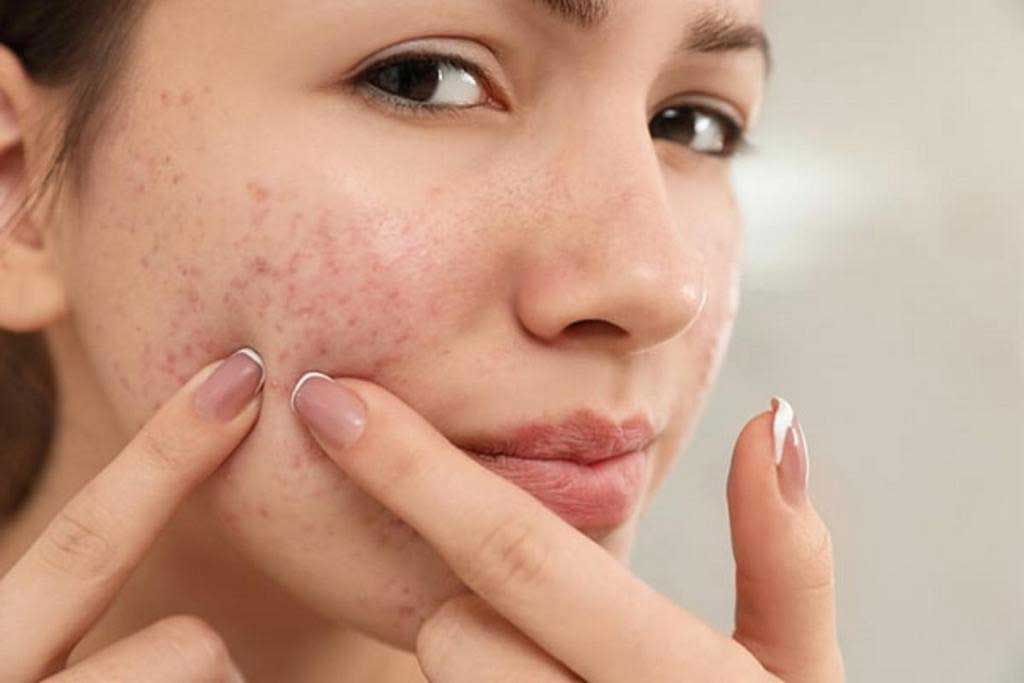
Depending on the doctor’s recommendation and the skin condition’s severity, the treatment can vary. Some of the regular treatments are over-the-counter or non-prescription acne products, such as skincare. Most of the product works as it helps reduce oil production, and swelling, and treats bacterial infection.
There are also some other options with the help of a dermatologist. Professional doctors can help control the zits, make scars less noticeable, or avoid scarring. The prescription medication tends to work for about four to eight weeks. Sometimes it can take months or years. Again, the treatment from the doctors can vary depending on your age, severity, or skin type.
1. Topical Medications
Topical medication can be found in both prescription and over-the-counter products. Most of the products for topical uses likely have several ingredients made up of antibiotics, retinoids, azelaic acid, and salicylic acid. There is also dapsone. Each ingredient has its function, such as reducing inflammation, preventing clogged hair follicles, killing bacteria, and decreasing redness.
2. Oral Medication
Oral medication or anything you drink and eat also has several major ingredients. Based on the severity, the drug will have different functions. Antibiotics will be the moderate or severe medication. But oral antibiotics should only be consumed in the shortest time possible. Oral medications are more complex and need a proper doctor’s prescription.
Some other medications can include antiandrogen agents, the best for women or adolescent girls. It is meant to block androgen hormones to produce too much oil. Isotretinoin is also part of oral medication, which is a derivative of vitamin A. Lastly is a combined oral contraceptive, which is for therapy in women who also want to use contraception.
3. Acne Therapies
Therapies can help take care of some more complex and severe conditions. It includes light therapy, chemical peel, steroid injection, and drainage or extraction. The said therapies are only done by professional or dermatologist since it comprises complex uses of technology, medication, or chemical.
4. Alternative Medicine
Some integrative medicines can be helpful options to reduce skin problems. However, it tends to have varying success rates. At the same time, it also depends on personal preference and skin condition. In this case, the most known mediation is using tea tree oil. It is a known ingredient, which you can also find in various skin care products.
Some products can be found containing around 5% tea tree oil, which has similar effectivity to 5% benzoyl peroxide. However, tea tree oil is an alternative medicine that tends to work slower. Another good option is brewer’s yeast, an ingredient that helps reduce pimple development when taken orally.
5. Acne Treatment for Children or Teenager
As much as many medications are made public, some are not meant for younger children or teenagers. When involved with younger people, there should be a designated guideline for picking the best and safest products to fight against the zits. Thankfully, the number of topical products approved for use in children helps fight the situation.
It is also because teenage acne is more common. At the same time, younger children (less than 12 years old) are also increasing in number. Thus, some of the topical products with tretinoin, adapalene, and benzoyl peroxide are fine for the youngster. But if you are not sure, consult a pediatric dermatologist to avoid side effects and learn the best treatment.
Understanding of Acne Prevention
As much as skin inflammation or condition is considered normal and can happen to everyone, there are also chances that people can prevent it. Preventing the condition is known to be difficult if not impossible during the hormonal change ages. But at least, some action can help lessen the severity and help ease the pain.
The best and most affordable way is to wash the face daily with warm water and use a mild facial cleanser. Understanding the skin types also helps in picking the best medication or skincare, thus foiling and deteriorating the condition. As you use the proper cleanser fitting your skin type, it is also best to use moisturizer.
Some routines do not mean stopping using makeup. The idea is to always consider using non-comedogenic products. Removing the makeup before sleeping and using the best working cosmetic should help prevent the zits. And lastly is to keep your hands away from your face. Thus, you can prevent bacteria from reaching your face.
You can also consider yourself not fully aware or concerned with the said myths. Chocolates and greasy foods are said to make the skin problem worsen. But in fact, it has little to no effect on skin problems. Cosmetics do not necessarily worsen the spots. You can use oil-free makeup to prevent pores clogging. Meanwhile, dirty skin does not cause zits, but scrubbing and cleansing with harsh soap will.
When to See a Doctor? Is it Time to See a Dermatologist for Acne Treatment?
Start with prevention ideas and use over-the-counter products as the first solutions. But if you find the condition worsening or don’t clear the problem, you can see a primary care doctor. The doctor might help prescribe a stronger medication for your skin inflammation. When the medication does not work or the problem persists, go to specialist doctors.
In many cases, the acne condition and problems can persist for decades. It mostly happens to women due to menstruation or pregnancy. Older adults can also get a sudden breakout, which somehow can signal an underlying disease. It is also possible that non-prescription products can cause different reactions. If you find it happens, go to the doctor for a better recommendation.
Zits can happen to everyone. That is the reason you can find many possible treatments in the form of medication or professional medication. But again, it is also a skin inflammation that is fully preventable. If you found the symptoms, identify the condition before buying the needed treatment. Follow suit with the best treatment then get the pizza face away.
